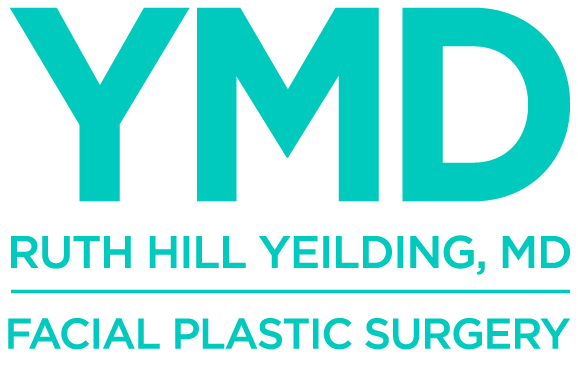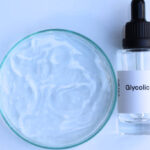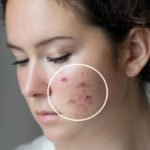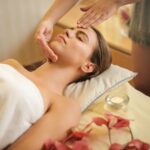Dr. Ruth Hill Yielding offers many services at Yielding MD Eye and Face. Among them is laser skin resurfacing. This is a medical and cosmetic procedure that is performed to help reduce the patient’s appearance of skin conditions like wrinkles, acne scarring, age spots, and blotches on the skin. It also can help remove moles and warts.
This procedure is done with a laser which emits optically amplified light based on stimulated emission of electromagnetic radiation. People that are concerned with their appearance due to aging or other skin conditions may be considering laser skin resurfacing. Education is always best when making decisions of this magnitude, so here are the answers to some common questions surrounding this procedure.
Am I a Good Candidate for This?
The best candidates for laser skin resurfacing are those with skin that is elastic and non-oily. Lighter skin patients are better candidates for more intense procedures. Conversely, patients that have darker skin may notice changes in pigmentation.
What If I Have Other Medical Issues?
If you’re currently dealing with other medical issues of any type, it would be best to address those first. Then speak to Dr. Yielding about how to move forward if laser skin resurfacing is something you’re still interested in or have a need for.
What Type of Laser is Used?
The two types of laser technologies are ablative and non-ablative. The non-ablative version is less invasive and normally doesn’t remove the outer skin layer. Ablative resurfacing does product a controlled burn of outer skin layers to vaporize and ultimately destroy the affected skin tissue. Regardless of the type of laser used, excess light from the lasers is either diffused or absorbed by surrounding skin cells. This excess light is not harmful.
There are three different lasers that surgeons use. They are CO2, Erbium, and Fraxel. The CO2 laser is the most intense. CO2 lasers are used to remove the outer layers of damaged skin. Erbium lasers is milder and less invasive. Fraxel lasers are also known as fractional lasers, and they treat very small percentages of the skin that is being treated.
Dr. Yielding would provide more information about the specific laser that would be required for you based on what is being treated.
Is This Procedure Safe?
The Food and Drug Administration have cleared the use of ablative and non-ablative lasers in combination as an approach to treatments. Dr. Yielding is consistently staying educated on issues surrounding safety for her patients.
How Long Would the Procedure Take?
That would be dependent on the size of the area being treated. Factors like the condition being treated, the area being resurfaced, and the laser that is being used would all have to be considered before knowing for sure.
How Long Until I Recover?
Typically, recovery is no longer than two weeks at most. It depends on what laser is used for your procedure. You should notice improvements of the area that was resurfaced over the course of 18 months. Your overall health and lifestyle can impact how that recovery goes.
Conclusion
Laser skin resurfacing can be a great benefit to anyone wanting to improve their appearance. If you’re interested in learning more about laser skin resurfacing and how it can help you, call Dr. Yielding’s office at 407-753-4101 to schedule a consultation or appointment.







